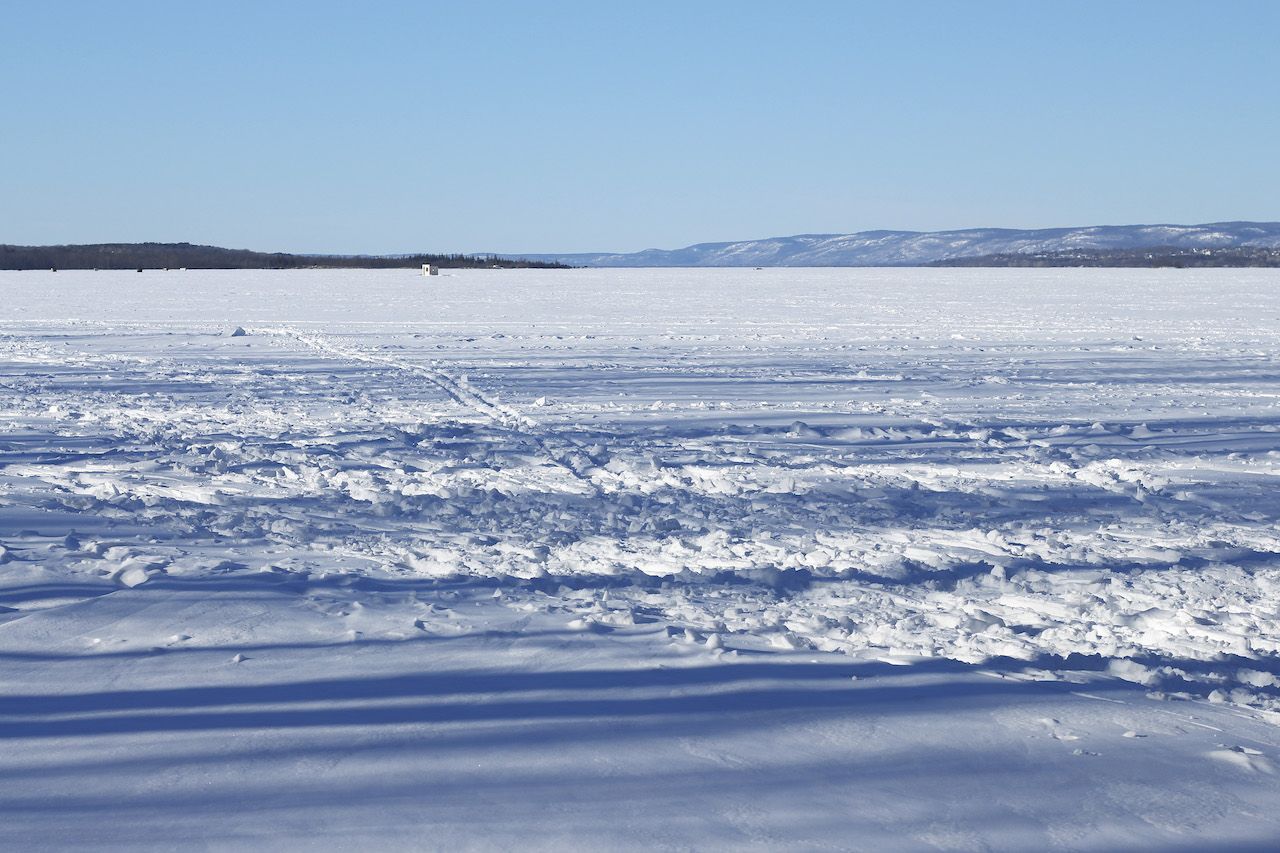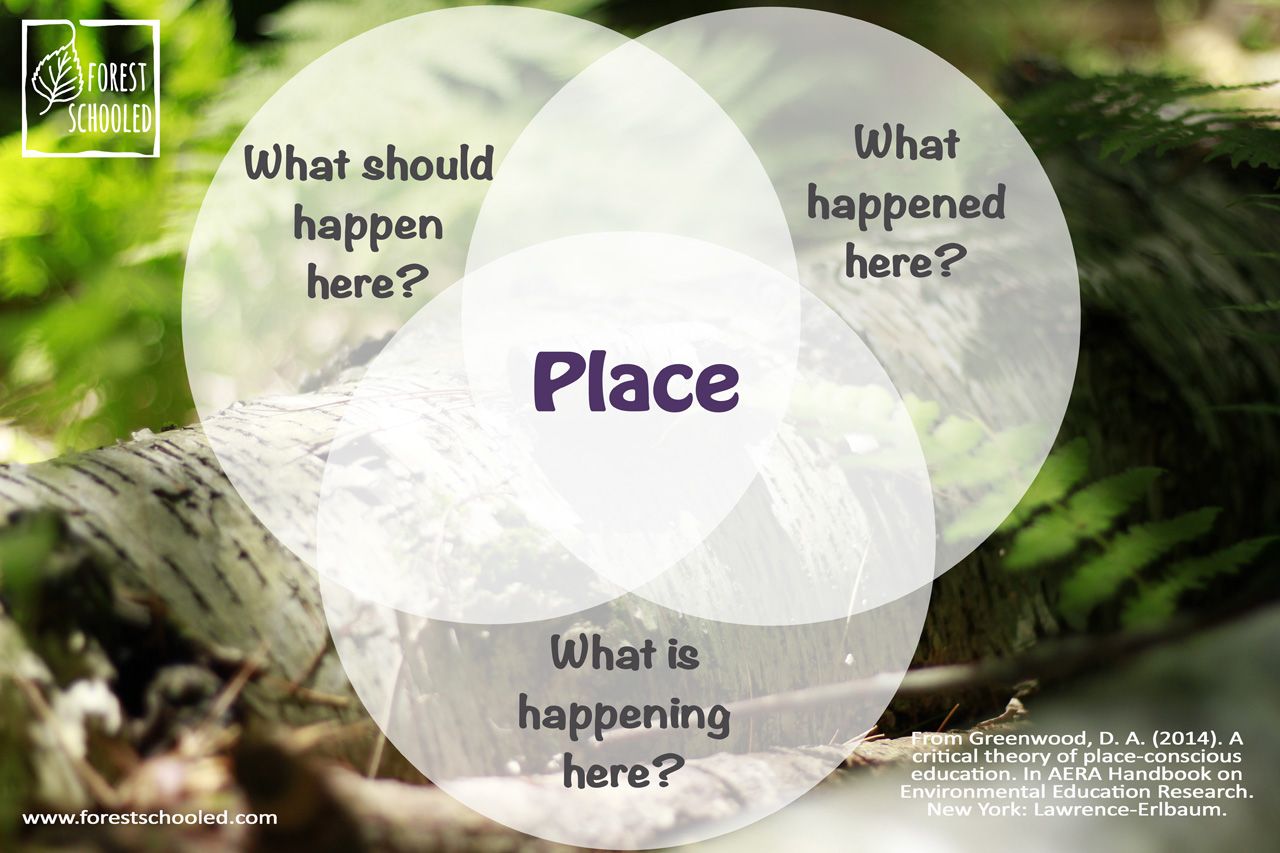
Blog
Stories from my personal journey learning about and delivering Nature-rooted programs across three different countries
Starting a program from scratch again (Or not)... Part 2
Caylin (Forest Schooled)

Empty space, drag to resize
Several months ago I shared a bit about my desires and reservations for starting up a new program since moving to a new place. See Starting a program from scratch again (Or not)... Part 1.
In that post I wrote, "The hope is that, before initiating any community program, to first spend time learning about the place we live, building reciprocal relationships, and listening to the ways we can respectfully contribute to supporting those who live here, human and more-than-human.
It's a slower process. Much slower. And that's the point."
I encourage you to read Part 1 if you haven't yet to get a feel for why it's important to me to proceed more slowly and intentionally. And although I haven't written much more about the project since then, I have been learning so much - through research, engaging in conversations locally, and by spending a lot of time outside with the Land across multiple seasons.
The reality is this is ultimately a lifetime's work, but I thought it might be useful to share the questions I've been starting from in case they might be helpful to others.
These are questions I've crafted based on what I've learned so far about designing programs in a variety of places and contexts with the intention to respect the qualities and cultures of the places we live rather than importing approaches from abroad that can perpetuate a colonial mindset.
They are questions I encourage those I work with on a mentorship basis to ask so it feels crucial for me to be working through them myself as I learn more about the place I live now:
To gain a better understanding of the context (or ecosystem) in which you belong, I invite you to work through the following questions and guidelines*.
However before you review them, please note I have intentionally started with difficult questions in this section. Answering them can easily be a lifetime's work. The reason I present them at the start is to encourage us to prioritize reflecting on our knowledge (and often lack of) about the places we live and our relationship to them.Technically you don't need to answer these questions before initiating a program and indeed most people don't. Some may begin to ask them later as they realize the gaps are there. In my approach I'm wondering what can happen if we try asking them first? If we keep these questions at the forefront of our minds, working to find answers as best we can as we develop and design our programs, instead of as an afterthought?I encourage you to continue to circle back them over time as your knowledge and relationships deepen.
---
The Land, Communities, and You
- What is the geography of the Land where you live? Is it mountainous? Hilly? Flat? Are there any water bodies? What geological processes shaped the Land where you live? How might this have influenced who lived/lives here?
- Consider the stories of the Land (those included in written history, and those that are not). If you are living on colonized Lands (which most of us are, depending on the time frame you’re looking at), find out who belonged to the Land traditionally. Who are the Indigenous people of this Land? (See http://native-land.ca/)
- What were the Indigenous peoples’ relationship to the Land? Did they hunt here, settle, farm, engage in ceremony? What languages did they speak? This information may be hard to find! And it’s important to ask questions in a respectful way. If asking an Indigenous community member or Elder, be sure to follow appropriate protocols.
- How did these relationships change over time, particularly after colonization? What were the interactions like between the Indigenous people and the settlers? Whose perspectives are heard the loudest? Consider, why? What perspectives are missing or quieted? How can we lift those voices in our work, and in our connection to the Land where we live?
- Look into whether there were any treaties or other agreements on “sharing” the Land - were these treaties upheld? Why or why not? Are there repercussions, or ripple effects, today as a result?
- What do the modern day relationships to the Land look like? Are there particular industries connected with the Land that are common to your area? How do people interact with the Land for work, recreation, spirituality, or otherwise? In what ways are people prevented from interacting with the Land?
- What do you see as your role within your community(ies). Often we belong to a variety of different and overlapping communities. How do you see yourself being called to serve? What are your passions and strengths? What brings you joy?
- Considering the information learned from this, what type of program could be suitable for you, the Land, and the communities who live there now?
All of this, and more, can help provide a CONTEXT for how your program fits within the ecological, historical, and social-cultural identity of the Land where you live. It follows a framework presented by David A. Greenwood, an academic who has written about place. Greenwood invites us to ask ourselves three questions when relating to “place”: What happened here? What is happening here? What should happen here?

These questions are not perfect nor complete, but they have started me on a path of learning that has very much deepened my relationship to the Land where I am currently living.
I wonder, what questions would you add? Or what would you change about the ones I offer?
*Note: These guidelines are part of Caylin’s "Design a Nature Program" and "Business AS Nature Connection" Mentorship Packages offered through Forest Schooled.
More Posts
WANT TO GET FOREST SCHOOLED TOO?
Subscribe to my email letters, something special from me to you so we can learn together. Each one is filled with heart-felt stories from the forest, resources you may find useful, and things that hopefully bring a smile too.
Thank you!
© by FOREST SCHOOLED
